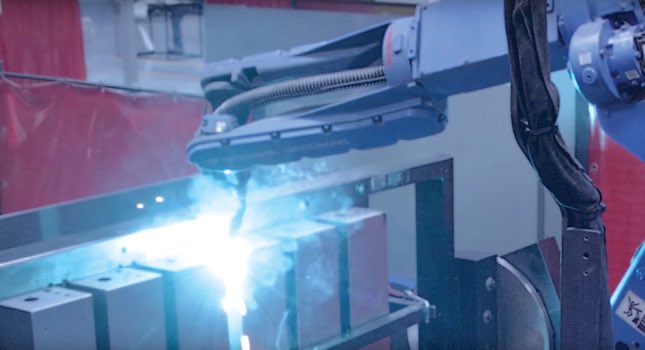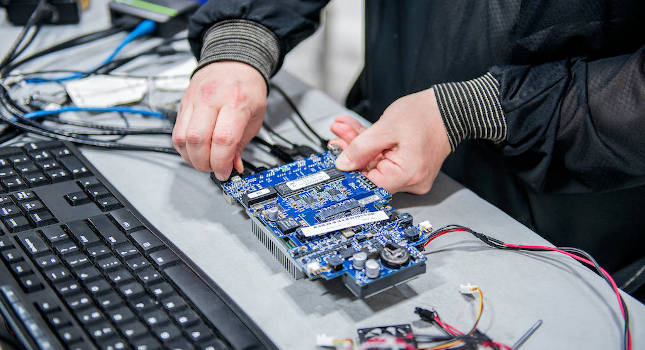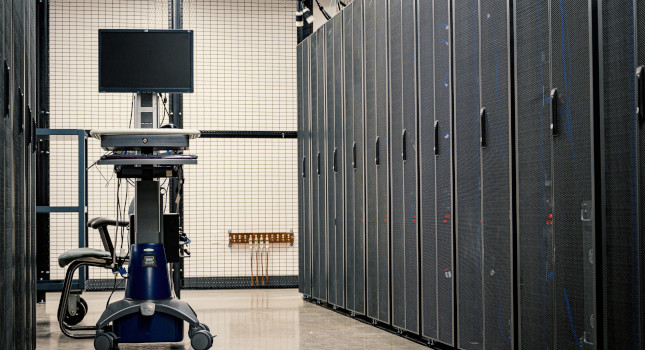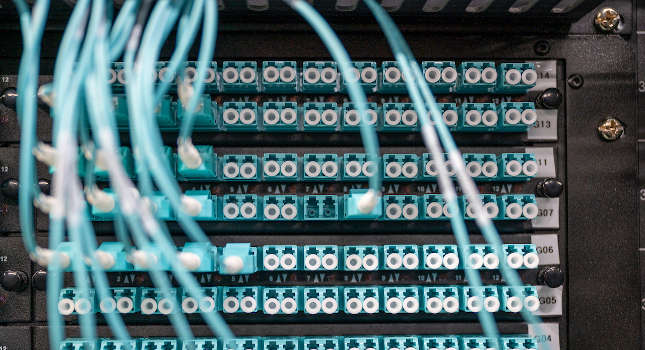People play a crucial role in the Smart Manufacturing transformation and culture is an important part of that. See some of the ingrained challenges companies face as well as ways to overcome them.

The previous article on Smart Manufacturing transformation discussed how the move to a Smart Manufacturing ecosystem is not just about adopting new technology. There is a required organizational culture change that goes along with the business process changes to assure the success of achieving high levels of transparency, threaded business processes, and integrated transactions in the value chain. This article focuses on managing the people dimension in the transformation.
Challenges for transformation
There are three natural forces that hinder transformation in mature organizations. The first challenge for many organizations is the existing organizational culture is deeply ingrained. There are legacy patterns and shared assumptions that have worked for years successfully solving problems and these are passed down to new team members as best practices. Legacy thinking can make it hard to institutionalize new processes encouraging transparency, collaboration, and viewing external resources as partners instead of suppliers.
The second challenge is many large organizations are not moved by passion or intensity. Instead they are moved by the relentless pursuit of incremental improvements. They have ingrained a culture of cost reduction over the last two decades, which helped many through the tough recession years. A big and forced transformation may not alter the way of thinking unless it can be broken down into reasonable milestones that have incremental benefits along the way. We have seen organizations slide back into old practices after a year or two because they never really adopted the new way of thinking that went along with the new solution.
A third challenge is the multiple subcultures within each organization have different approaches, motivations and concerns about change. It is easy for the transformation champion to sell the initiative amongst peers in their own subculture, but struggle to convince stakeholders in other important organizational subcultures. Start with the management team subculture, but make sure to address the subculture in the engineering and production teams.
Changing the culture
To change the overall organizational culture, it is important to achieve the buy-in from the high-level management team. This will assure the required support and budget throughout the transformation process. High-level managers are the first group of people to embrace big changes. They are usually evaluated and promoted based on how well they improve efficiency and harmony in their departmental processes.
However, be cautious of managers that might try to push for results too quickly based on unrealistic expectations. It is easy to underestimate the effort involved in scaling solutions to the entire enterprise after success in a few small projects. The managers may jump quickly to “rewire” the entire corporation. Strategies that work in some areas may not work in others. It is important to pace the transformation well to evaluate the needs for different types of products and production processes.
For example, management, in its haste, may try to push a common system into production areas that span from batch to complex assembly. However, further analysis may reveal it is better to allow the use of a few specialized solutions and instead standardize on data interfaces and metrics so the organization can easily share information and performance data.
The engineering team can help with requirements analysis for each different type of production process. The engineers and data scientists consider themselves craftsmen and experts and want to build solutions and systems that are elegant and satisfying to end users. The last thing they want to do is to create something half-baked because the managers are forcing them to rush to a solution. This creates tension between managers who want to rush to “rewire everything” and engineers who want design for “fewer wires”. An important role for the change champion is to recognize that each one of these groups might assume the other sees the enterprise through similar lenses and facilitate the convergence of different perspectives.
Organizational change is not as simple as everyone listens to the leader and then falls in line behind the change. In reality, organizational change is more like group therapy where motivations and fears need to be addressed.
A manager might be wary of the initiative if they have had bad prior experience with automation or IT projects. The production technicians might be wary for different reasons, such as lacking required new skills or a reduction of the workforce. It is not enough for the initiative champion or coach to spend all their time on training technical skills, it is just as important to facilitate open forums to allow employees to express their concerns.
Organizational changes are just as much of an emotional upheaval as they are a process reorientation. If you fail to address people’s concerns on an emotional level, your change will have trouble getting off the ground. Concerns about the organizational changes and upskilling the workforce should be discussed early in the change process with the entire team.
Smart Manufacturing is not achieved overnight as the result of a single project. Smart Manufacturing is a journey and it behooves the organization to embrace change as part of the new culture. A culture that embraces continuous improvement in a new light of business and ecosystem transformation in order to deliver enhanced products and services to customers.
This article originally appeared on MESA International’s blog. MESA International is a CFE Media content partner. Edited by Chris Vavra, associate editor, Control Engineering, CFE Media, [email protected].



